Today I want to continue answering the question that just won't leave me at peace. It was asked by @city-of-berlin in her comment to my post about Mexico's Independence Monument, regarding who those people under the Angel of Independence are. Well, the most important one, Miguel Hidalgo I have introduced in this post. Time to continue with the second most famous insurgent for independence, José Maria Morelos.
A Lot Like Hidalgo ... But So Much More
Comparing the background of the two main insurgents, you are bound to find a lot of parallels, starting with a similarly long and impressive sounding name José María Teclo Morelos Pérez y Pavón. Apparently long and complex names were in vogue at that time. Also, both men were classified as Criollos, that is of Spanish ancestry, but born in the New World. While still considered racially superior, these colonial natives were politically in strong disadvantage to Spaniards born in Spain, and thus were the driving force behind the struggle for independence.
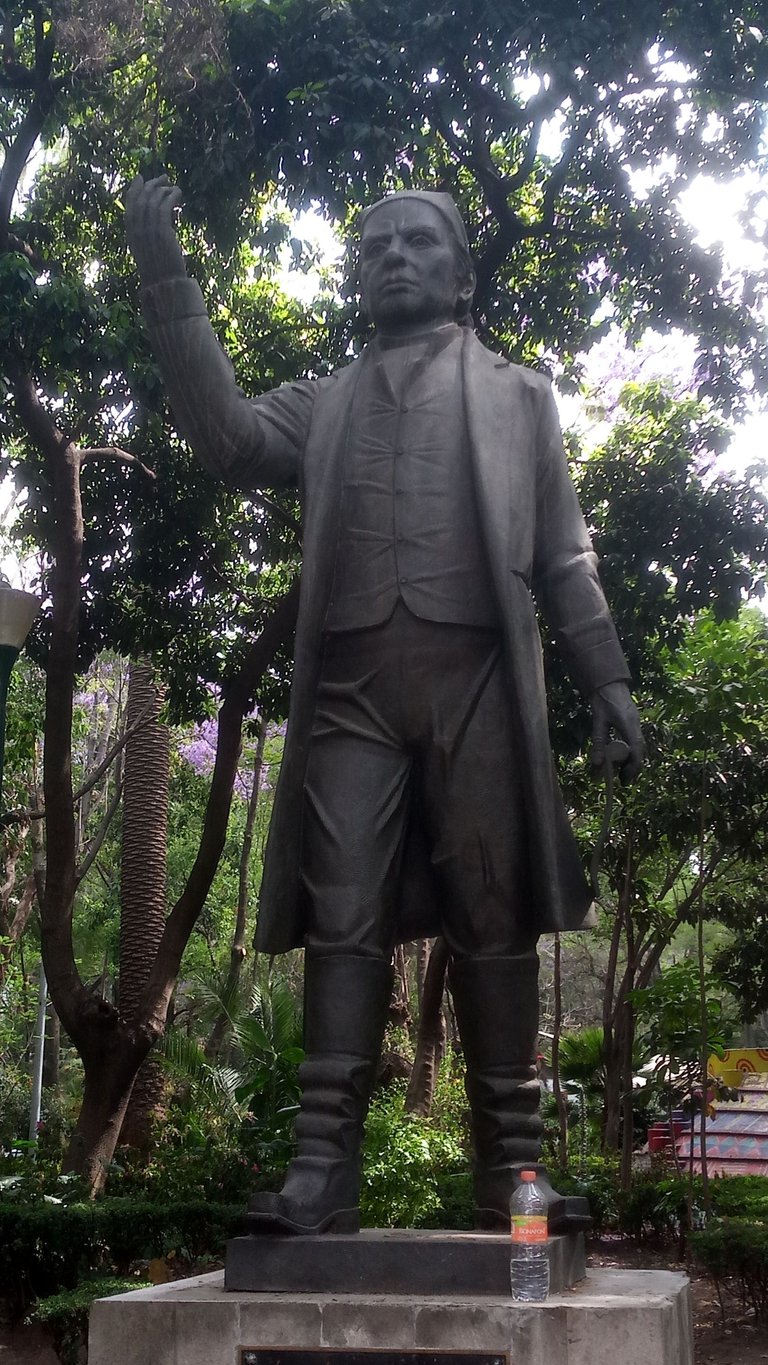
Furthermore, just like Hidalgo, Morelos was also a secular priest, sworn to celibacy but allowed to engage in profitable business activities. (Morelos' general disregard of a celibate lifestyle, and thus fathering numerous children, is yet another thing he had in common with Hidalgo.) Finally, neither of the two men had any military training when they assumed command over their troops, yet both managed to be victorious... at least until they weren't, ultimately both getting captured and executed.
The one thing that distinguishes Morelos from Hidalgo is a document he composed in 1813 called Sentiments of a Nation, in which he summarized in 23 points how he envisioned an independent Mexico. This first prototype of a Mexican constitution included the division of the three branches of power, the abolishment of slavery and the equal standing of all racial groups, and of course the full independence from Spain and Spanish interests. While being relatively modern and enlightened in these regards, it also declared Catholicism to be the only official religion of the country, with no other faiths being tolerated.
The Legacy of the Man with the Bandana
After Miguel Hidalgo, together with the first wave of insurgents had been executed, it was Morelos who carried on the fight for independence, with a spectacular 22 victories during his first nine months of campaigning. Eventually, however, he lost his winning streak, was captured, and ultimately executed by royalist forces in December 1815. By that time his Sentiments of a Nation had been endorsed by the National Constituent Congress of Chilpancingo to become the first Mexican Constitution, and at the same time officially declared independence from Spain.
The loss of Morelos did not disuade the insurgents from continuing their struggle for independence, though the goal seemed still far away. His main successor, Vicente Guerrero continued the fight in southern Mexico for years to come. Eventually, Morelos became immortalized in Mexican history as not only the second most important insurgent, but the one who was most responsible for the intellectual aspect of gaining independence. He is referred to by the title "Siervo de la Nación" (Servant of the Nation), which he gave himself. Today he is typically pictured wearing a bandana on his head, to symbolize the frequent migraines he suffered from. This also makes him very recognizable for every school kid, just like the bald head of Miguel Hidalgo.
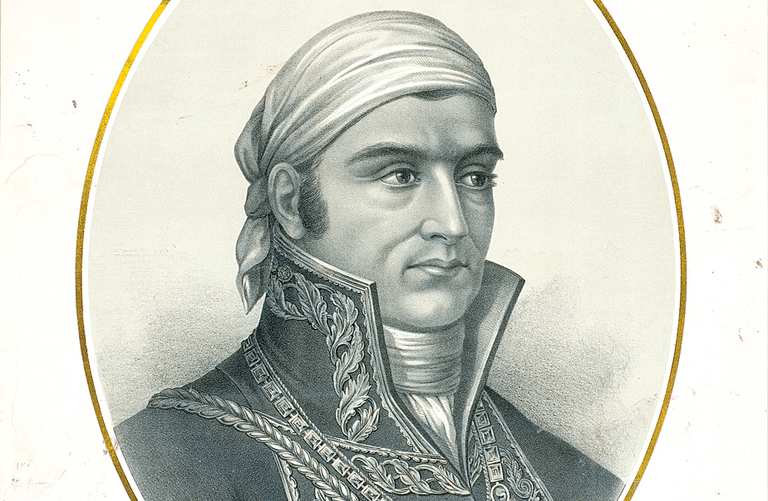
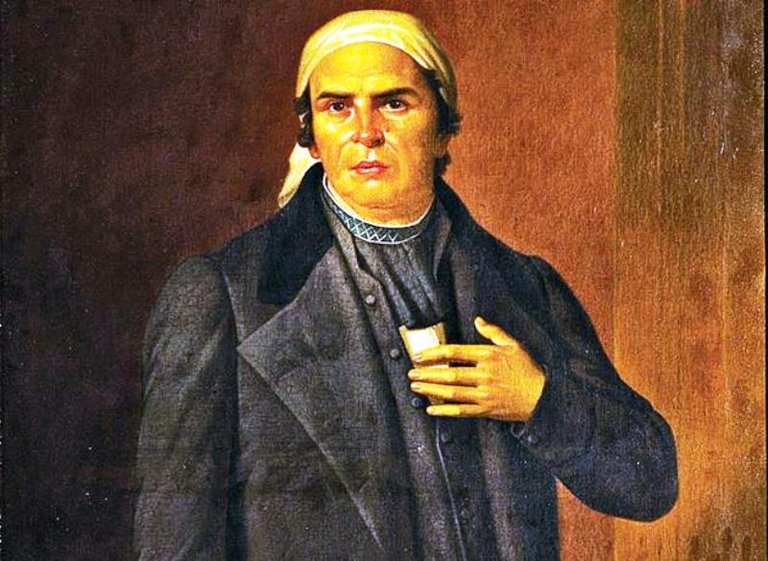
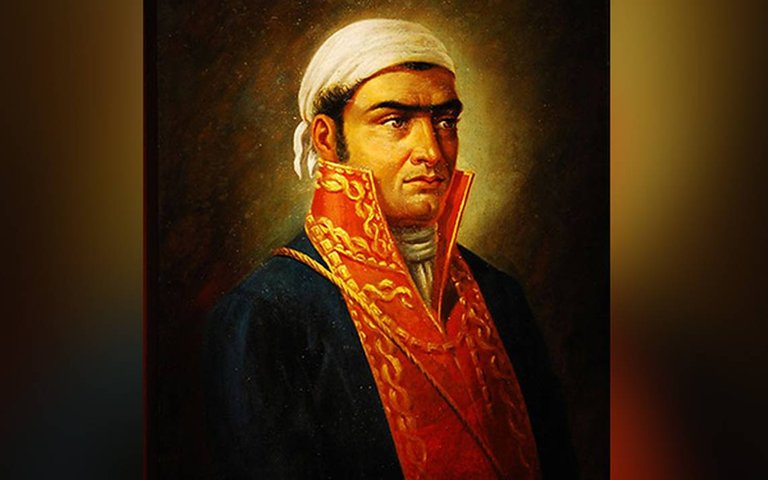
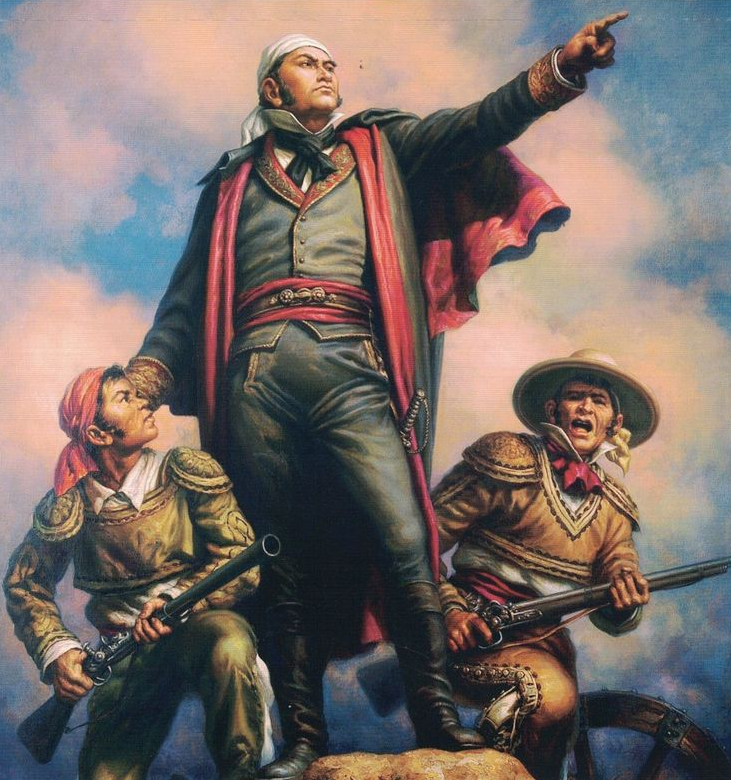
Very interesting... I know very little about Mexican history.
Have a great day
!PIZZA
Thanks! Like so many other things, it seems dauntingly complex at first, but as you get to know it, it becomes surprisingly colorful and even a bit crazy...
History is always crazy 😀
$PIZZA slices delivered:
@heroldius(3/5) tipped @stortebeker